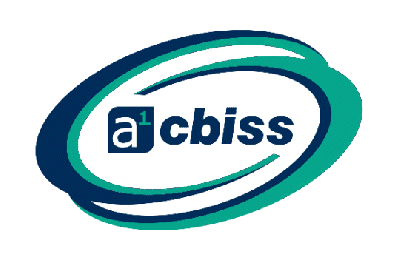By monitoring and optimising the gas abatement process in Energy from Waste plants, operators can achieve two things. Firstly, compliance with the new Emission Limit Values (ELVs) in the revised site permits, derived from the Industrial Emissions Directive 2010/75/. Secondly, it allows the site to take better control of gas abatement to avoid the cost of wasted reagents during overdosing.
Gas Cleaning
Exhaust emissions produced by the incineration process must be cleansed before they are released into the atmosphere. During gas abatement, reagents are injected into to the flue gas stream. This effectively ‘scrubs’ any acidic components such as hydrogen chloride (HCl) or sulphur dioxide (SO2) that are present in the gas stream.
In recent years there has been an increase in the number of energy from waste plants. Whether they burn municipal or industrial waste, clinical waste, or natural fuels, almost all incinerators around the world have utilised lime as a means of removing harmful gases.
Efficient & Sustainable
Whilst lime has proved to be efficient and sustainable, it can be expensive if its use is uncontrolled.
Until now, site operators have limited knowledge of how much reagent they’re actually using. Overdosing is common but this comes at a cost.
Many sites rely on the CEMS to measure the emissions being emitted to atmosphere as a means of controlling how much lime is ‘dumped’ into the gas stream. Using a ‘feed-back’ technique, operators will adjust the lime injection based of the levels of gas in the flue but is this too late in the process?
There is a Better Way to Lower the Cost of Reagents
Raw Gas Measurement
For sites to effectively control reagent costs, firstly, they must understand how much acidic gas is in the flue gas stream following the incineration process. Measurement can be performed by installing raw gas monitors prior to abatement to manage the feed-forward.
With a known quantity of emissions being transported into the dosing system, the dosing system responds by adding an accurate amount of reagent thus achieve the required result in line with the ELVs.
The reduction in reagent helps to avoid overdosing which can be costly.
Reagent Volume Control
Screw feed techniques are inaccurate and unreliable because the amount of reagent required is dependent on a stable quantity of acid gases.
By taking a real-time signal of varying levels of acid gases using the raw gas monitor, the correct amount of reagents can be accurately added to the feed to neutralise the known amount of acid gas. Control sensors such as the PicoFlow or SolidFlow are considered to be the best solution because, when installed, they accurately measure volumes of reagents being released into the scrubber.
By optimising the feed with the right amount of reagents, this reduces the risk of overdosing (and overpaying).
A Sound Return on Investment
In our experience, we’ve calculated that by installing these measurement systems, a return on investment is easily achievable within two years of placement versus the cost saving in the reduction of reagents.
For more information, drop us your enquiry




